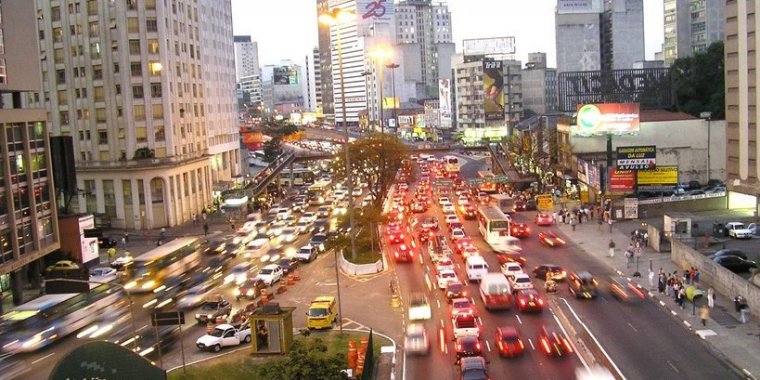| News / Science News |
Ethanol to gasoline switch raises nanoparticles in air
The research, carried out in Sao Paulo, Brazil, found that environmental concentrations of particles with a diameter of 7-100 nanometers (nm) increase by 30 per cent when higher prices of ethanol forces drivers of dual-fuel (or flexible-fuel) vehicles to fill up with gasoline rather than biofuel.
Currently, concentrations of ultrafine particles in outdoor air are not monitored or regulated, in Brazil or in any other country.
Between 75 per cent and 80 per cent of the mass of the nanoparticles we measured in this study corresponds to organic compounds emitted by motor vehicles — that’s to say, carbon in different chemical forms. What these compounds are exactly and how they affect health are questions that require further research.
The nanoparticles are so tiny that they behave like gas molecules. When inhaled, they can penetrate the respiratory system’s defensive barriers and reach deep in the lung. So they can enter the bloodstream and may increase the incidence of respiratory and cardiovascular problems.
The team worked at the rooftop of a ten-story building that belongs to Brazil’s Institute of Physics (IF-USP) in the western part of São Paulo City — a site relatively distant from main traffic thoroughfares which means the aerosols measured there are ‘older’: they have already interacted with other substances present in the atmosphere.
The researchers collected data on aerosols in the atmosphere, meteorological conditions, traffic and reasons behind the consumers’ behaviour of switching from ethanol to gasoline. The measurements were made between January and May 2011, when ethanol prices fluctuated sharply compared with gasoline prices.
The fluctuations were due to macroeconomic factors such as variations in the international price of sugar. Brazilian ethanol is made from sugarcane.
The results reinforce the need for public policies to encourage the use of biofuels, as they clearly show that the public lose in health what they save at the pump when opting for gasoline.
Sao Paulo is the second largest Brazilian city, with 7 million vehicles on the roads and the largest urban fleet in the country of flexible-fuel cars that can use ethanol or gasoline interchangeably. (SciDev.Net)
YOU MAY ALSO LIKE




